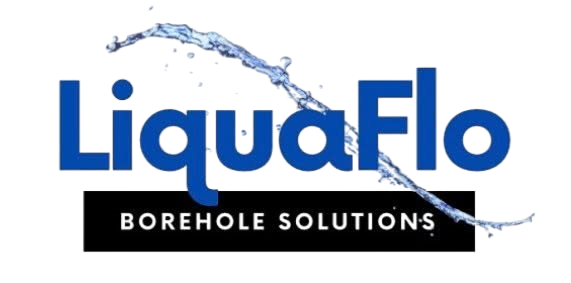From Drilling to Drinking: How Long Until Borehole Water Runs Clear?
So, you’ve drilled a brand-new borehole and can’t wait to start enjoying your own clean, off-grid water supply. But when you turn on the tap for the first time and the water runs brown or murky—don’t panic! This is a completely normal part of the process.
At LiquaFlo Borehole Solutions, one of the most common questions we hear is: “How long will it take before the water runs clear?” This post will walk you through the answer, why water clarity changes after drilling, and what to expect as your borehole “settles in.”
Why Borehole Water Is Often Dirty at First

When drilling a borehole, soil, silt, and rock fragments inevitably mix with the water. The drilling process essentially disturbs underground layers and exposes the water-bearing zones (aquifers). The cloudy or muddy water you see afterward is typically just a result of this natural disturbance.
It's not unusual to see brown or discoloured water for the first 3–7 days—and sometimes even a few weeks—depending on several factors. Here's why:
- Soil Composition: Sandier soil takes longer to settle.
- Depth of the Borehole: Deeper boreholes may produce more initial sediment.
- Flushing Quality: How well the borehole is flushed after drilling can impact water clarity.
- Pump Speed: High-speed pumps may pull sediment faster than it can settle.
- Usage Frequency: The more you use the borehole, the quicker the water often clears.
The Typical Timeline: When to Expect Clear Water

In most residential cases, borehole water should begin to clear within 7–14 days of consistent use. However, for agricultural or commercial boreholes with deeper drilling, it might take up to 3–4 weeks.
At LiquaFlo, we often recommend professional borehole flushing right after installation to help speed up this process. Regular pumping also helps by encouraging the aquifer to stabilise.
Is the Water Safe to Drink Immediately?

Even when the water looks clear, that doesn’t always mean it’s safe. Borehole water needs to be tested and filtered to meet drinking standards. The water might contain:
- Bacteria (like E. coli)
- Excess minerals (iron, manganese)
- Sediment or sand
- Unpleasant tastes or odours
Before using borehole water for cooking or drinking, we always recommend:
✅ Water testing through a SANAS-accredited lab
✅ Installing a proper purification system (we custom-build these!)
✅ Routine maintenance and monitoring
Tips to Get Clean Borehole Water Faster

Want to speed up the clearing process? Here’s what you can do:
🌀 Flush it out properly: Ask about our post-drilling borehole flushing service.
🚿 Use the water regularly: Even if you’re not drinking it yet, use it for gardening or flushing toilets.
🧪 Test early: The sooner you test your water, the sooner you’ll know what filtration you need.
🛠 Don’t skip the maintenance: Flushing and pump care go a long way in preventing long-term issues.
How Long Will My Borehole Last?
With proper care, your borehole can last up to 20–30 years, sometimes more. That includes:
- Regular servicing of the borehole pump
- Replacing worn-out parts (LiquaFlo stocks and ships borehole components across SA!)
- Cleaning and maintaining purification systems
Investing in quality equipment from the start—especially SABS-approved products like the ones we supply—can drastically reduce problems down the line.
Final Thoughts
Waiting for borehole water to clear can feel frustrating, especially when you’re excited to use your new system. But patience pays off. With proper installation, regular flushing, and the right purification setup, you’ll soon enjoy a steady stream of clean, safe, and reliable water straight from your own land.
Need help post-installation? LiquaFlo Borehole Solutions offers everything from flushing and pump installation to purification systems and annual maintenance. Whether you’re in Johannesburg South or elsewhere in Gauteng, we’ve got your borehole needs covered—start to finish.



